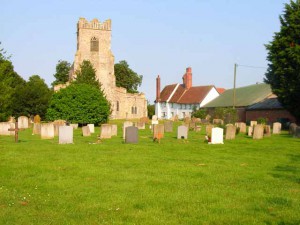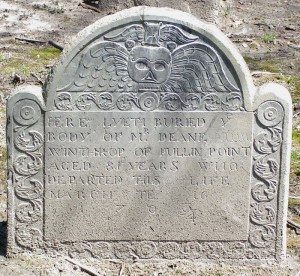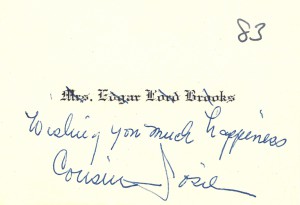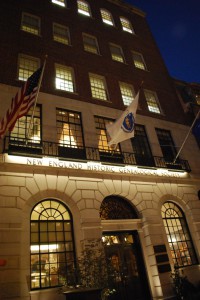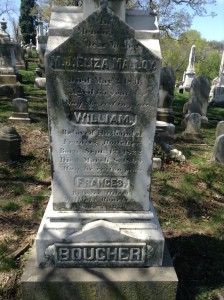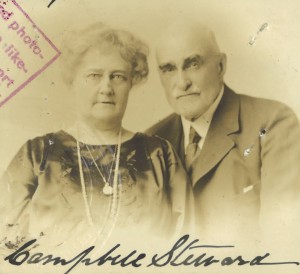
Ancestry.com has an interesting database category called Immigration & Travel, which includes a variety of passenger list and passport application databases. I have used them over the years to track members of my family as they traveled to and from Europe, Central and South America, the Hawaiian Islands and the Far East, and I invariably find colorful details to flesh out the prosaic ones. (I also sometimes find exact dates and places of birth that I’ve been unable to find elsewhere.) Continue reading Family stories in official records
